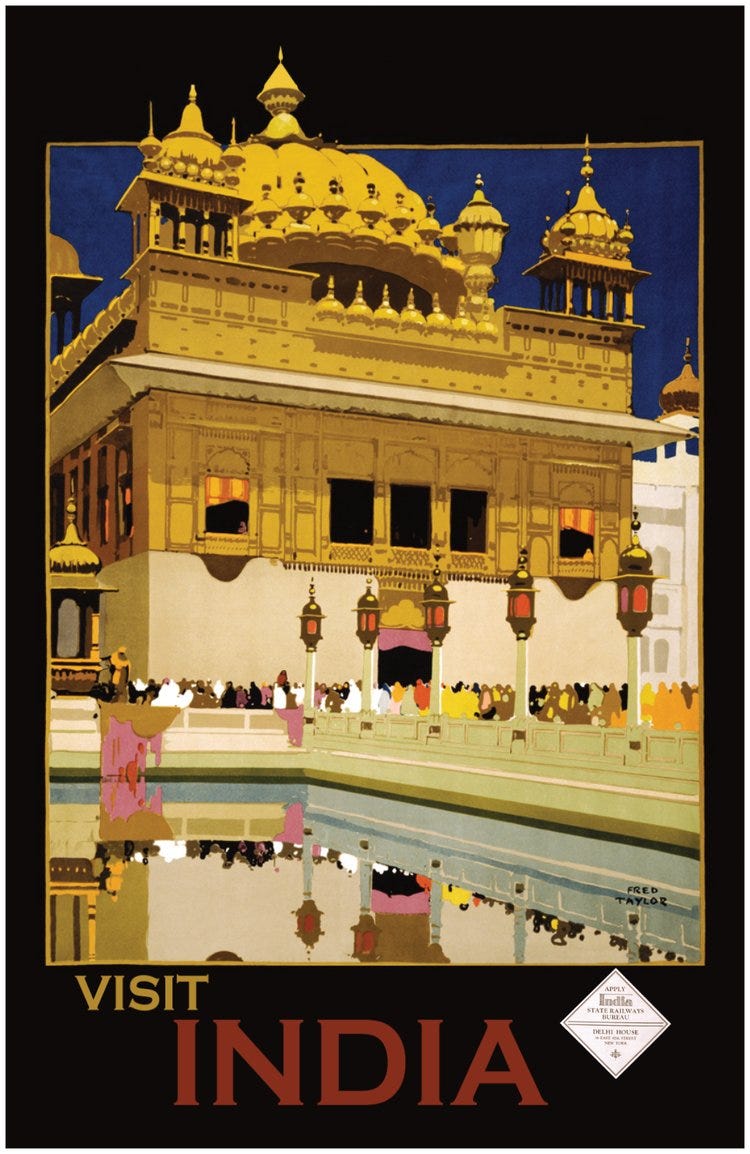Welcome to the Brown History Newsletter. If you’re enjoying this labor of love, please do consider becoming a paid subscriber. Your contribution would help pay the writers and illustrators and support this weekly publication. If you like to submit a writing piece, please send me a pitch by email at brownhistory1947@gmail.com.
Don’t forget to check out our SHOP and our Podcast.

Recommended Reads:
Is There Still Room for Traditional Kaliras Among South Asian Brides?

When 26-year-old Harkeerat began planning her Anand Karaj ceremony (Sikh wedding) in a Gurdwara nestled in Punjab's Doaba region, her vision veered toward authenticity over theatrics. She opted for a zari-gotta salwar kameez, its intricate craftsmanship singing of Punjabi heritage, paired with a phulkari chunni lovingly sourced from Patiala. “I knew what I was looking for,” she said. “My inspiration was my mother’s wedding trousseau—the old-style zari-gotta suit with heavily embellished dupattas.” Every element, from her jewelry to the ceremonial outfit, was a deliberate embrace of tradition—a quiet rebellion against the Bollywood-led tyranny of oversized lehengas and garish bridal tropes.
Curating her dream wedding look wasn’t without its challenges, and Harkeerat’s biggest struggle was finding kaliras that resonated with her call for authenticity. “I splurged from market to market, but everywhere I went, I saw metal kaliras with stones—pretty, but not what I was looking for,” she admitted. Her vision? Kaliras made of puffed rice and coconut shells, just like the ones she remembered from her massi’s wedding photographs from the early 1980s.






